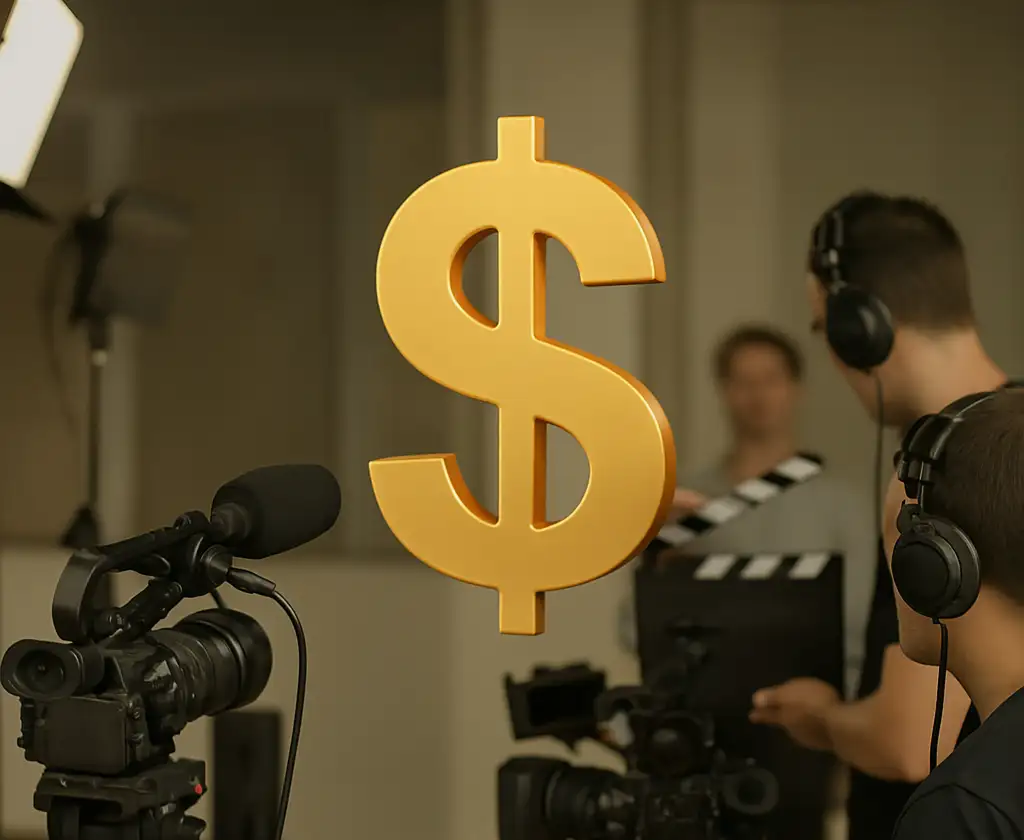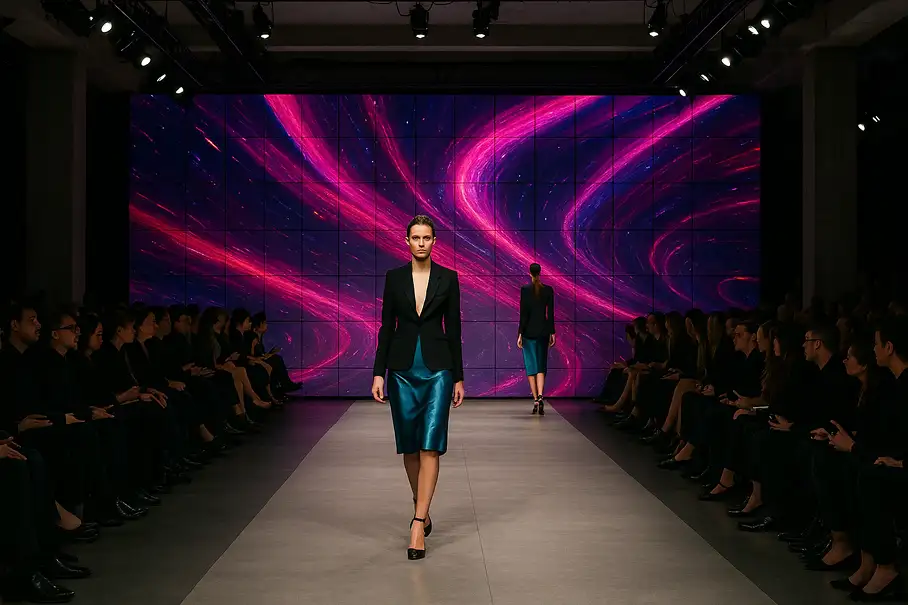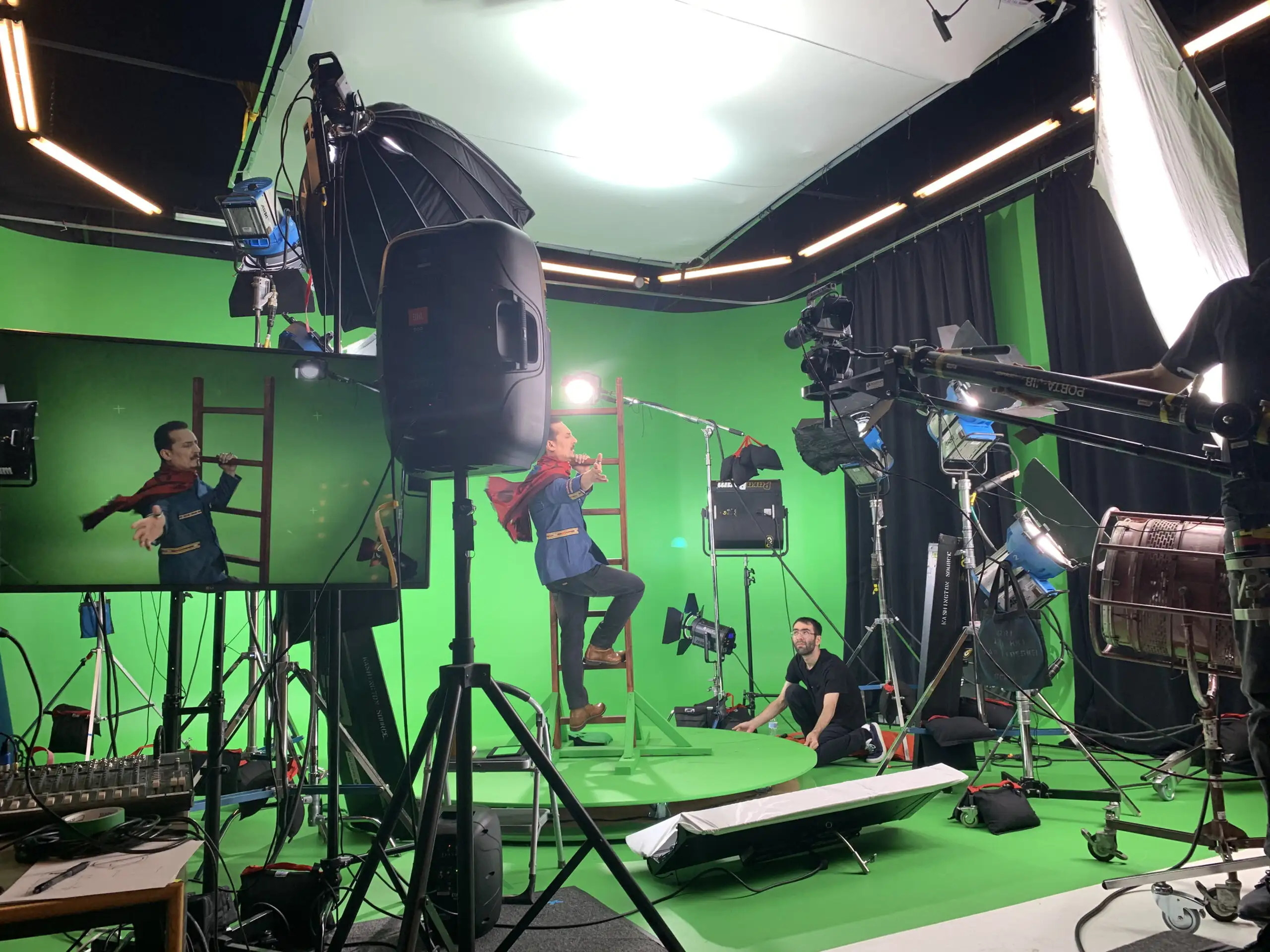Green screen and virtual production are two commonly used methods in video production. They both involve special effects and computer-generated images, but they differ in their approach and the tools they use.
In the Washington DC and Northern Virginia area, there are only a small handful of studio facilities capable of handling either one of the production methods, much rather both.
The good news is at TriVision Studios, we specialize in both green screen and virtual production technologies to bring your vision to life. We have the large production studio, the wraparound LED video walls, and the in-house video production capabilities for both virtual and green screen productions.
Given our vast experience, let’s discuss their differences to help you determine which method is right for your needs.
Is Virtual Production LED Video Wall Replacing Green Screen?
Green screen video production involves filming a subject in front of a green screen, which is then replaced in post-production with computer-generated backgrounds, settings, and special effects. This method allows for a wide range of creative possibilities, but it can be time-consuming and complex to execute, especially for more elaborate effects.

Virtual production requires specialized hardware and software, such as motion capture suits and virtual reality headsets, which can be expensive and complex to set up. However, it has become increasingly popular in recent years, especially in the film and video game industries, as it offers a more efficient and cost-effective alternative to traditional green screen production.
So, what are the main steps in a Virtual Production workflow?
Virtual production is a method of combining real-time motion capture and computer-generated graphics to create a virtual environment for actors to interact with. Here is a step-by-step workflow for virtual production:
- Pre-production: In this stage, you will develop the concept for your virtual production, determine the scope of the project, and create a detailed plan for how to execute it. You will also need to gather the necessary hardware and software, such as motion capture suits and virtual reality headsets.
- Motion capture: In this stage, actors will perform their scenes while wearing motion capture suits. The suits are equipped with sensors that track the actors’ movements and translate them into data that can be used to create virtual characters.
- Virtual environment: Once the motion capture data has been captured, the virtual environment can be created. This may involve creating digital sets, props, and special effects.
- Real-time visualization: In this stage, the virtual environment and motion capture data are combined to create a real-time visualization of the scene. This allows the director to see the finished scene as it is being filmed and make changes on the spot.
- Post-production: In this stage, the final touches are added to the virtual production. This may include adding sound effects, compositing special effects, and editing the final cut.
- Final output: The final virtual production is then rendered and outputted in the desired format, such as a video file or a virtual reality experience.
This workflow may vary depending on the specific needs and budget of each project, but it provides a basic overview of the steps involved in virtual production. By carefully following these steps and paying attention to detail in the pre-production stage, you can ensure that your virtual production meets your creative vision and delivers the desired results.
While both green screen and virtual production have their own advantages and disadvantages, the choice between them will depend on the specific needs and budget of each production. Whether you choose green screen or virtual production, the key to success is careful planning and attention to detail in the pre-production stage to ensure that the final result meets your creative vision.











